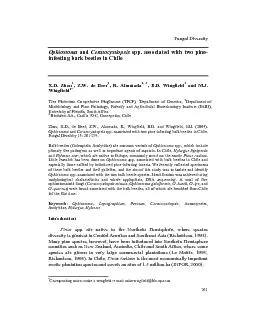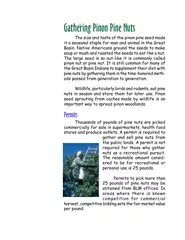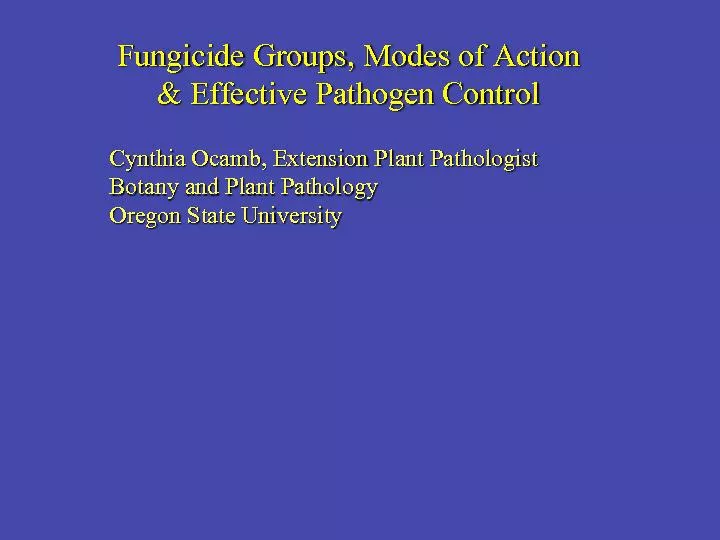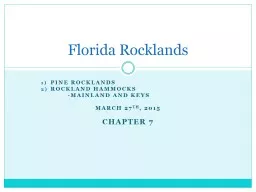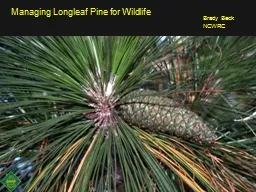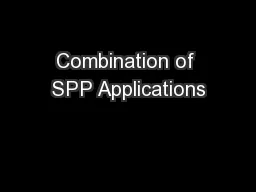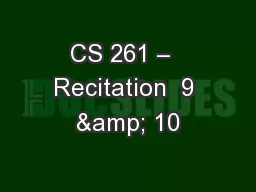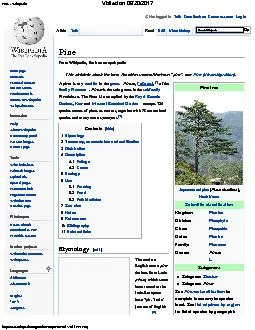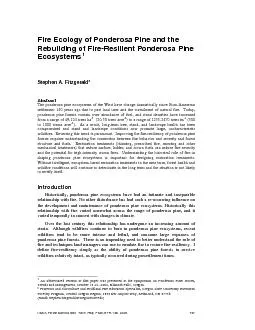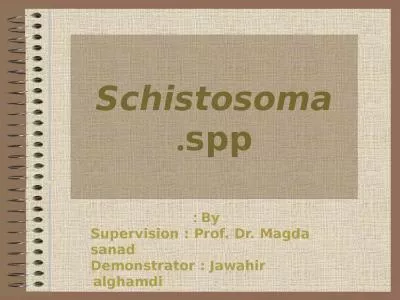PDF-261 and spp. associated with two pine-
Author : kittie-lecroy | Published Date : 2015-08-15
infesting bark beetles in Chile XD Zhou ZW de Beer R Ahumada2 3 BD Wingfield Corresponding author Mike J Wingfield email mikewingfieldfabiupacza 262Many bark beetle
Presentation Embed Code
Download Presentation
Download Presentation The PPT/PDF document "261 and spp. associated with two pine-" is the property of its rightful owner. Permission is granted to download and print the materials on this website for personal, non-commercial use only, and to display it on your personal computer provided you do not modify the materials and that you retain all copyright notices contained in the materials. By downloading content from our website, you accept the terms of this agreement.
261 and spp. associated with two pine-: Transcript
Download Rules Of Document
"261 and spp. associated with two pine-"The content belongs to its owner. You may download and print it for personal use, without modification, and keep all copyright notices. By downloading, you agree to these terms.
Related Documents

